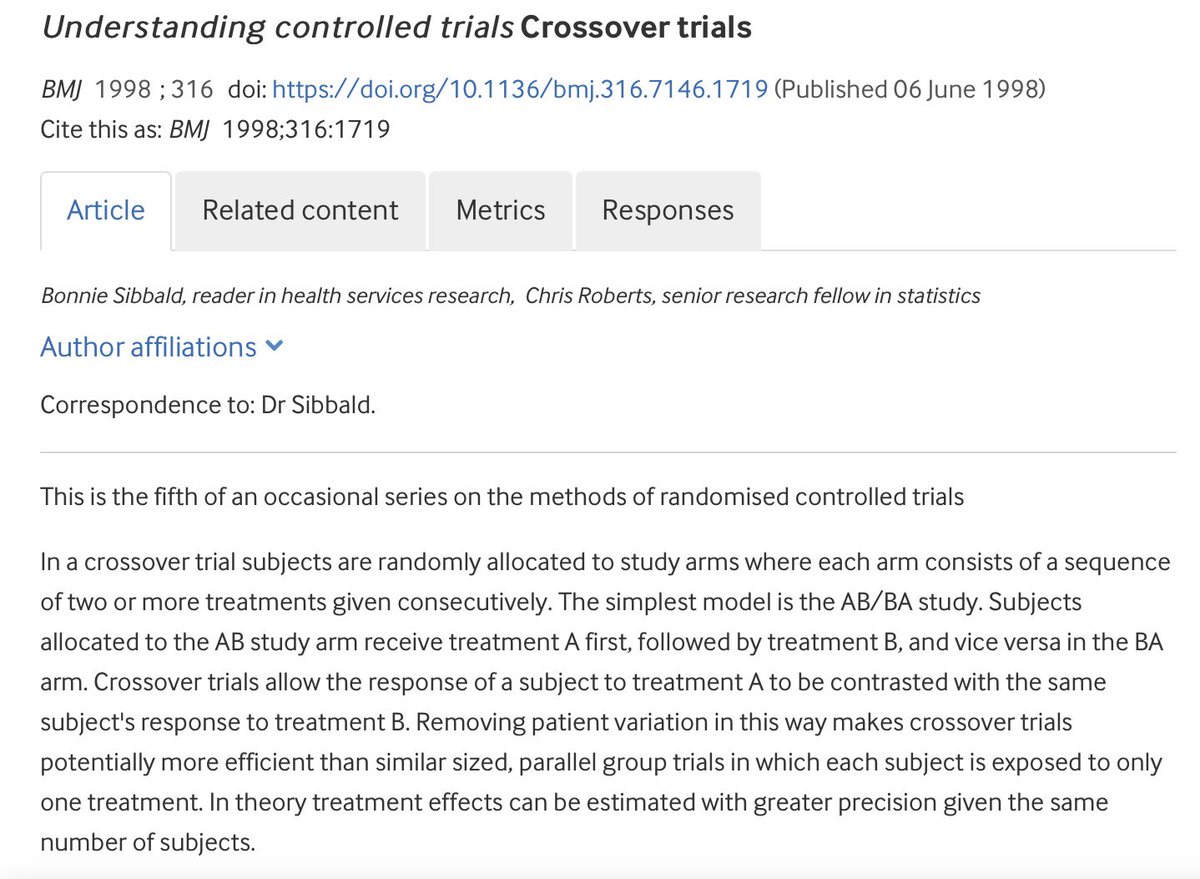
Having spent the last couple of weeks discussing composite & surrogate outcomes, I was reminded this week of the importance of thoughtful planning on the choice of outcomes in the first place 1/6
#MethodologyMonday
#MethodologyMonday
In particular I was reminded of the fundamental work of #Donabedian to conceptualise what is important to measure to assess quality of (and improvement in) health care. Although developed decades ago, it remains just as relevant today 2/6
jamanetwork.com/journals/jama/…
jamanetwork.com/journals/jama/…
When we seek to assess the impact of a new intervention on care, the Donabedian model suggests there are 3 elements that may be impacted - the #structure the #process and the #outcome of care 3/6
#Structure refers to the organisational delivery of the care/intervention. #Process refers to the impact on how care is delivered eg length of stay etc and #outcome refers to the endpoint result of care eg recovery, QoL 4/6 

It is important to consider in advance each domain (structure, process & outcome) and assess what might be influenced by your intervention and to measure accordingly 5/6
The Donabedian approach recommends that elements from all domains be included - to allow quantification of the implications on each. The scale of impact may vary depending on the domain 6/6 

• • •
Missing some Tweet in this thread? You can try to
force a refresh












